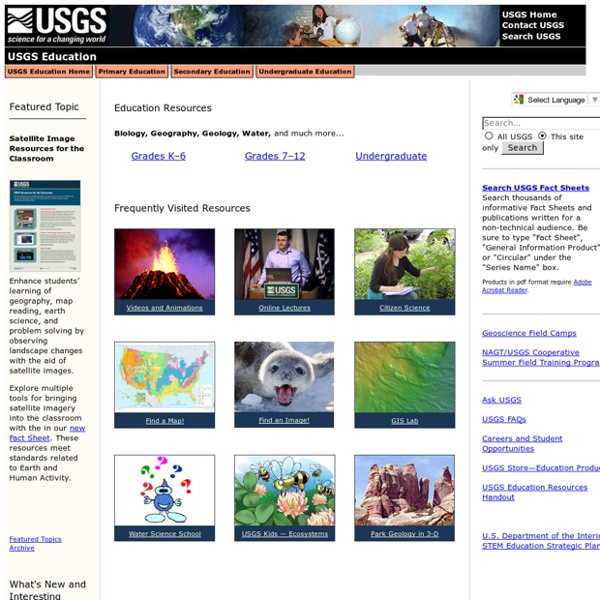



Changes in the Earth Crossword!!! incorrect cards (0) correct cards (0) remaining cards (10) Vocabulary Word click to flip Save retry fix restart shuffle help To flip the current card, click it or press the Spacebar key. retry the cards in the incorrect box restart all cards Embed Code - If you would like this activity on your web page, copy the script below and paste it into your web page. Teachers Homepage - National Geographic Education This website would like to remind you: Your browser (Firefox 17) is out of date. Update your browser for more security, comfort and the best experience on this site. Educators! Take our survey for a chance to win a $50 Amazon gift card. Xpeditions is now archived in National Geographic Education's new website—natgeoed.org If you liked Xpeditions, you'll love the new media-rich natgeoed.org. www.natgeoed.org Please note: to search for Xpeditions content, check the “include archive” filter. National Geographic Education Twitter Facebook Google+ Email Quiz Connection! Most Popular Latest Videos Giant Traveling Maps Get great resources for introducing geography and map-reading skills to students in Grades K-8.
Open Culture Geology.com - Earth Science News, Maps, Dictionary, Articles, Jo Social Studies Games Learn the US States while playing Pacman. Gobble up power pellets showing the correct answer to each US Geography question shown. Don't eat the wrong answer or you will lose a life. The objective of the game is to sell as many lemonades as you can. Can you name all of the countries on the map? Grab your shovel and compass! A simple "What is the capital of this country" knowledge game. Use your mouse to choose the correct flag. Use the mouse to place the states in their correct location. How well do you know your U.S. Greetings friends, I am Smokey Bear, the national fire prevention icon. Answer each question by clicking on the correct name of the country's capital. You see an iconic building. Run your own coffee shop, coffee stand, and coffee empire in this coffee simulation game. Joust against King Henry's toughest knights or battle your friends via email in this addictive game of skill. Rotate the globe and click on the correct nation. Click on the buttons to reveal the pictures.
Open source education MATLAB has long been a part of many educational curriculums and research projects, but many open source alternatives provide excellent platforms for scientific computing. Justin Flory covers the highlights of Rochester Institute of Technology's annual innovation and creativity festival. Shellmo is powered by an Arduino board and the parts can be downloaded and printed. The design files can be modified using Blender. We sat down with Dan Schneiderman, the new head of the FOSS@MAGIC program at the Rochester Institute of Technology. Using multiple sets of existing open data, attendees are provided the resources to develop creative and imaginative solutions to complex issues. OSI's Patrick Masson interviews Dr. If scientific research, procedures, and data are all publicly available, researchers can work together to verify findings, test hypotheses, and increase the pace of discovery and innovation.
National Geography Standard Index “The world facing the high school graduates of 2025 will be even more crowded than the world of today. The physical environment will be even more threatened. The global economy will be even more competitive and interconnected. Understanding and responding to the challenges and opportunities of the world in the twenty-first century will require many skills; the capacities to think and communicate mathematically and scientifically will remain at a premium. Geographic literacy will also be necessary for reasons of enhancing economic competitiveness, preserving quality of life, sustaining the environment, and ensuring national security. As individuals and as members of society, humans face decisions on where to live, what to build where, how and where to travel, how to conserve energy, how to wisely manage scarce resources, and how to cooperate or compete with others. Show All —Geography For Life: National Geography Standards, Second Edition
CAREN : Accueil Propose aux enseignants de consulter gratuitement des ressources éducatives et numériques du réseau Scérén Pièce (dé)montée : Le Garçon de passage Créatures des labyrinthes (anglais A1) Labyrinthes, avant et maintenant (anglais A2) Le labyrinthe végétal et son utilisation dans The Shining (anglais B1-B2) Les professions de la Défense (anglais A1-A2) Les grandes organisations de défense (anglais A2-B2) Le Voleur de bicyclette Accueil du site Mag Film Trois couleurs : Bleu Le Tambour